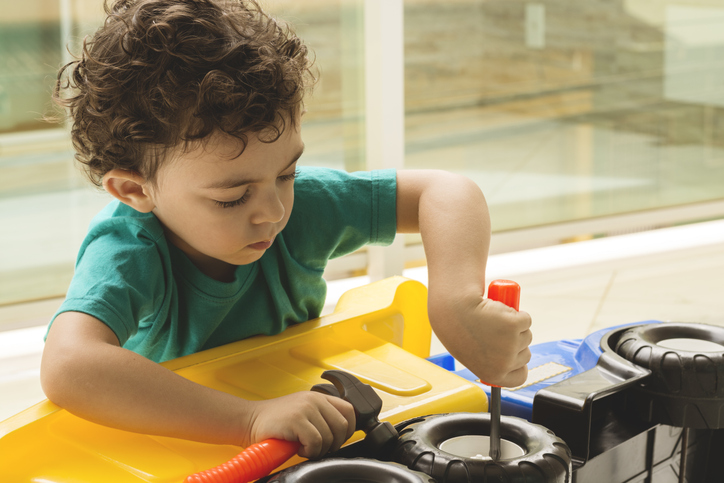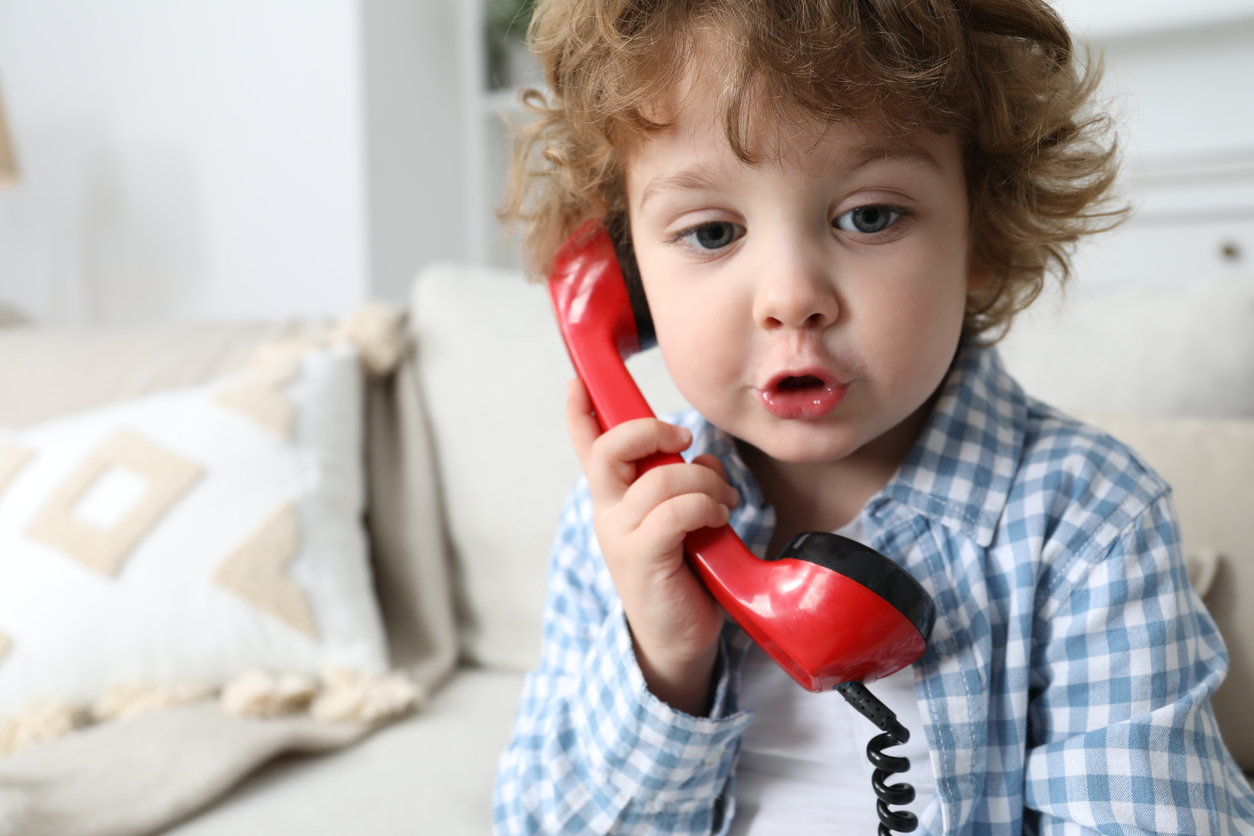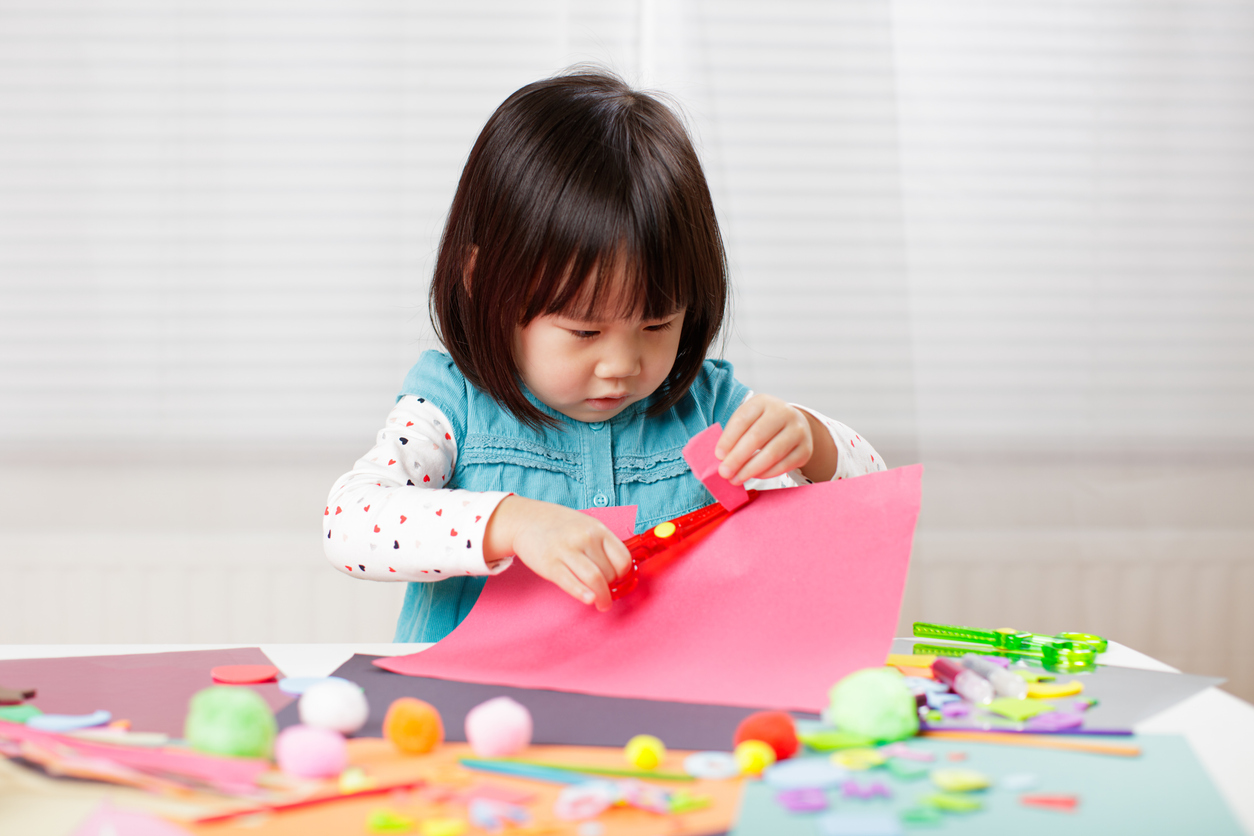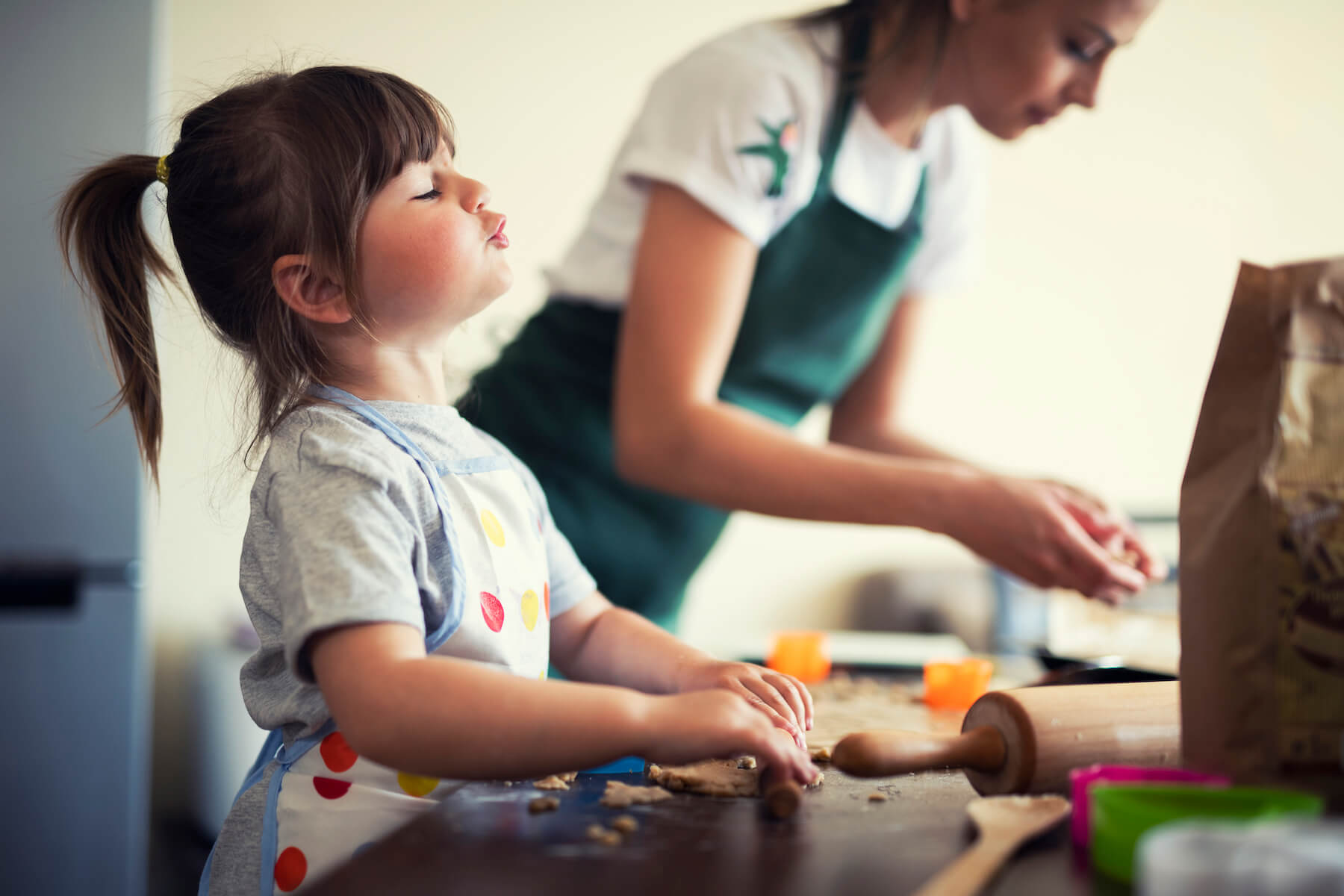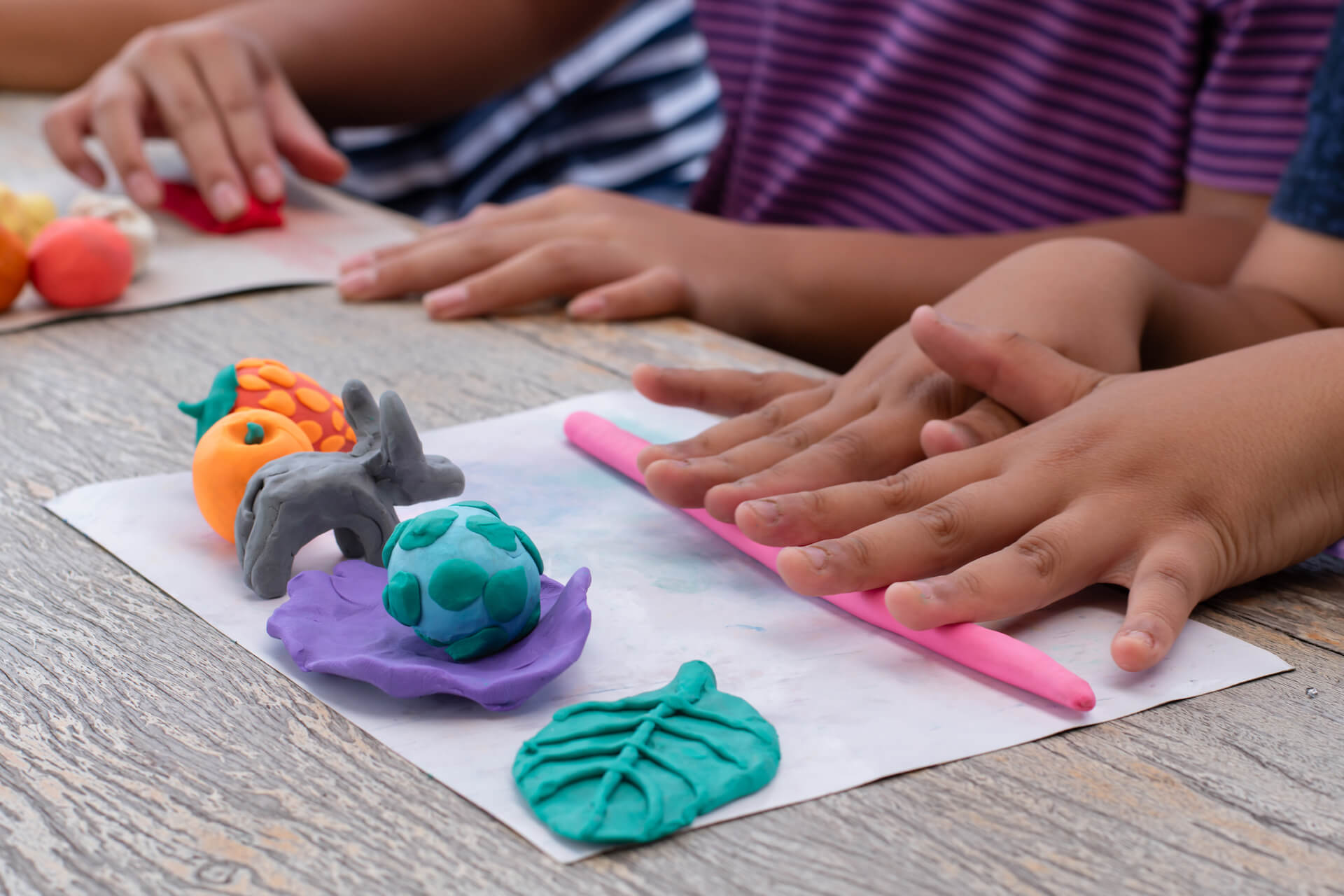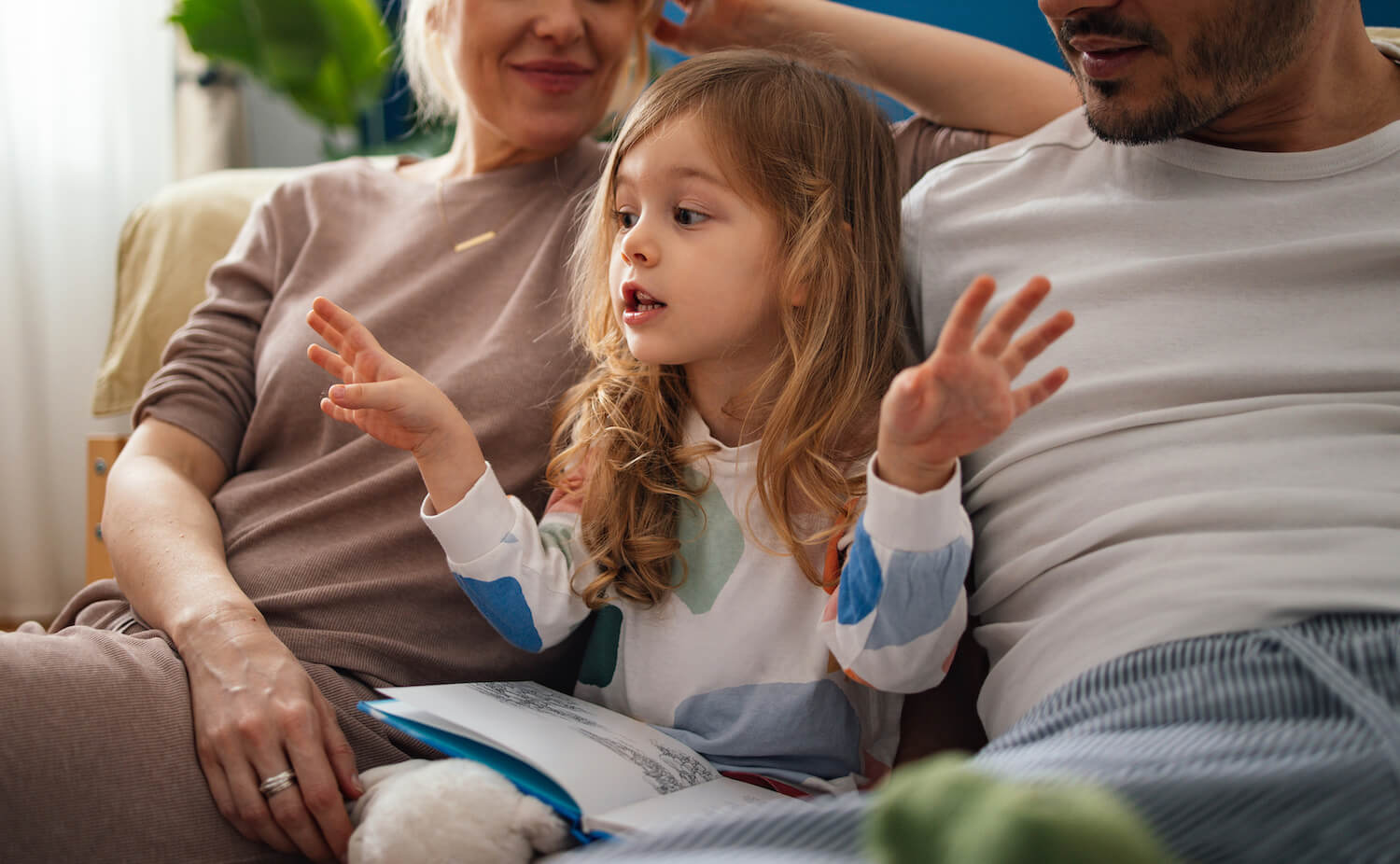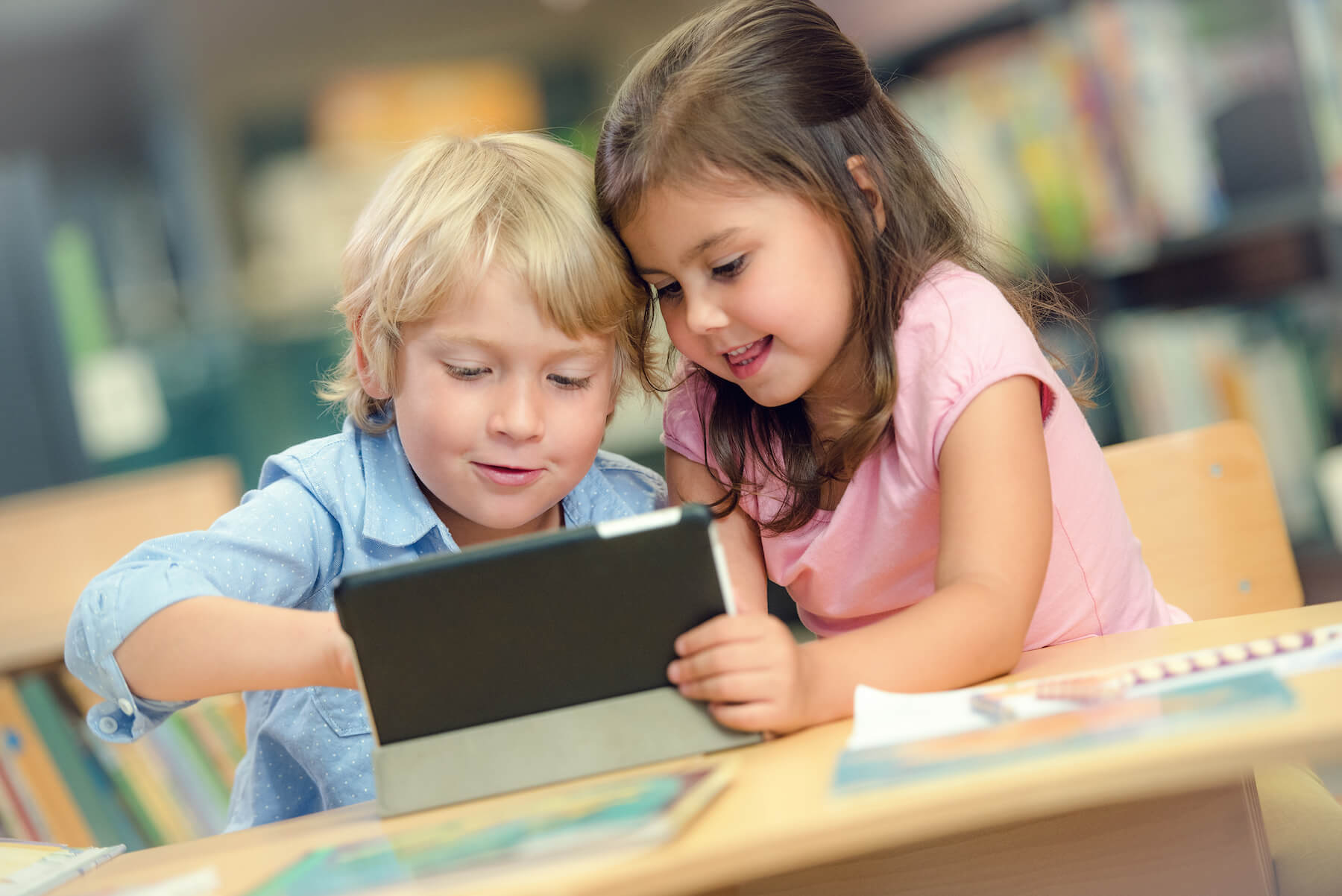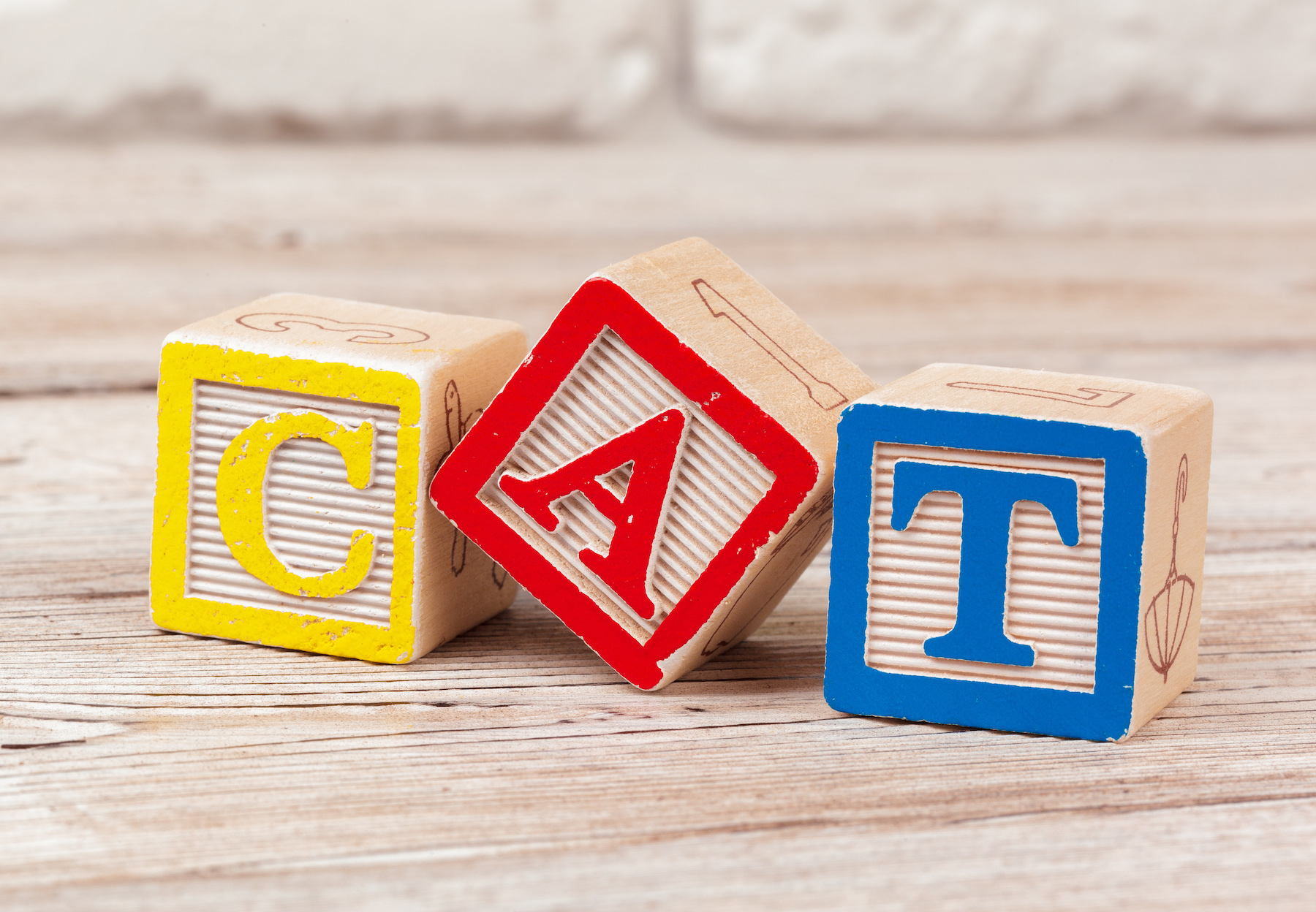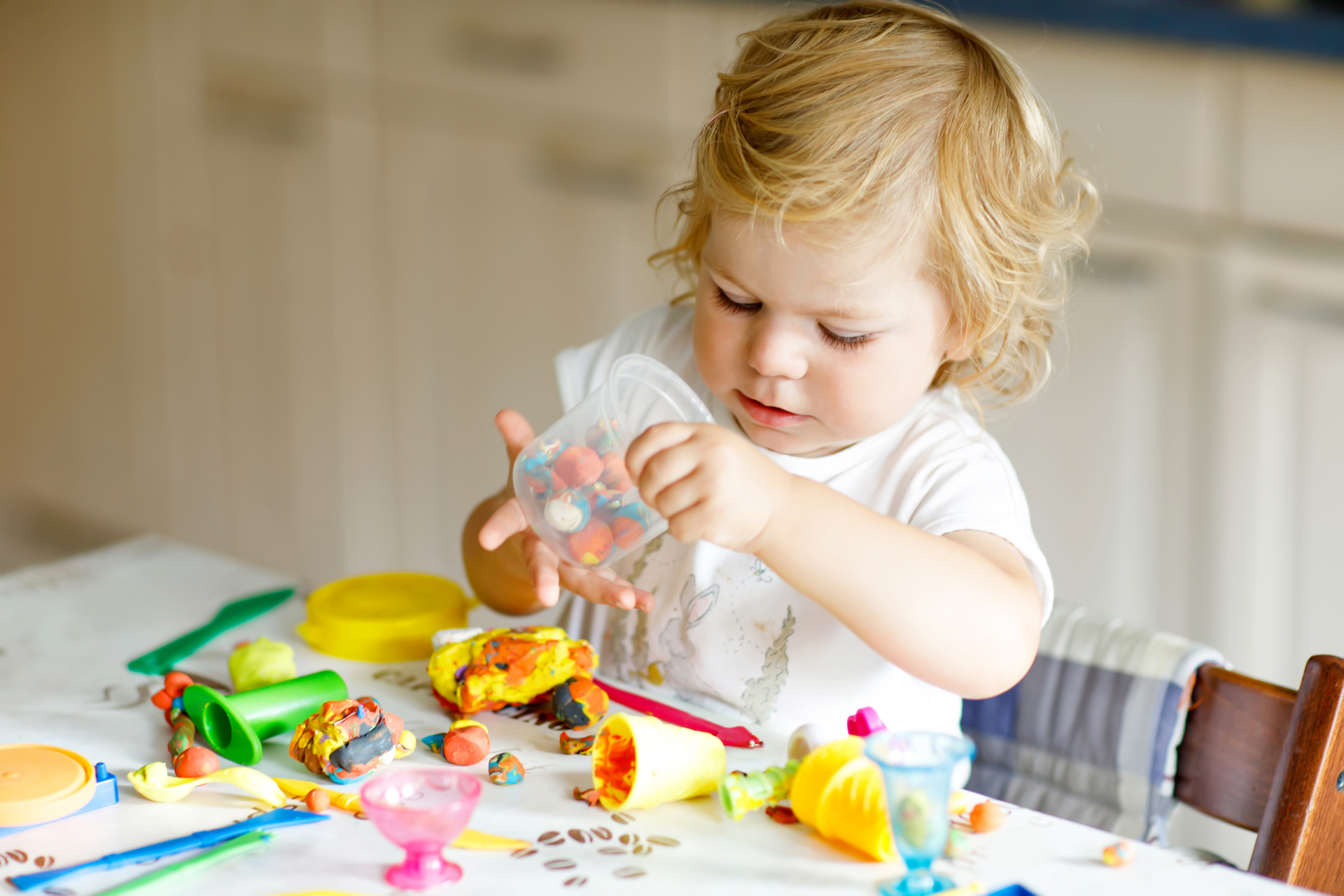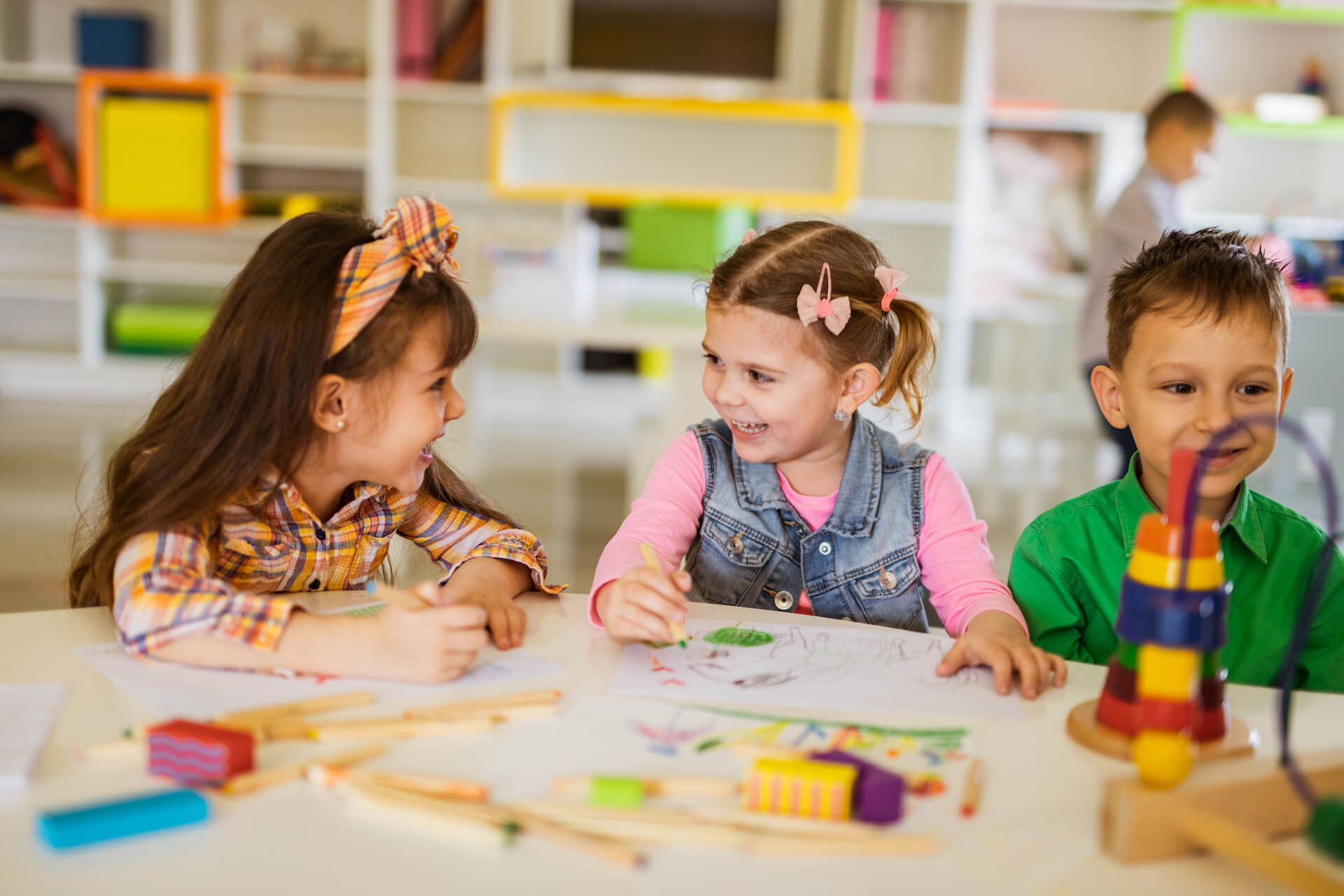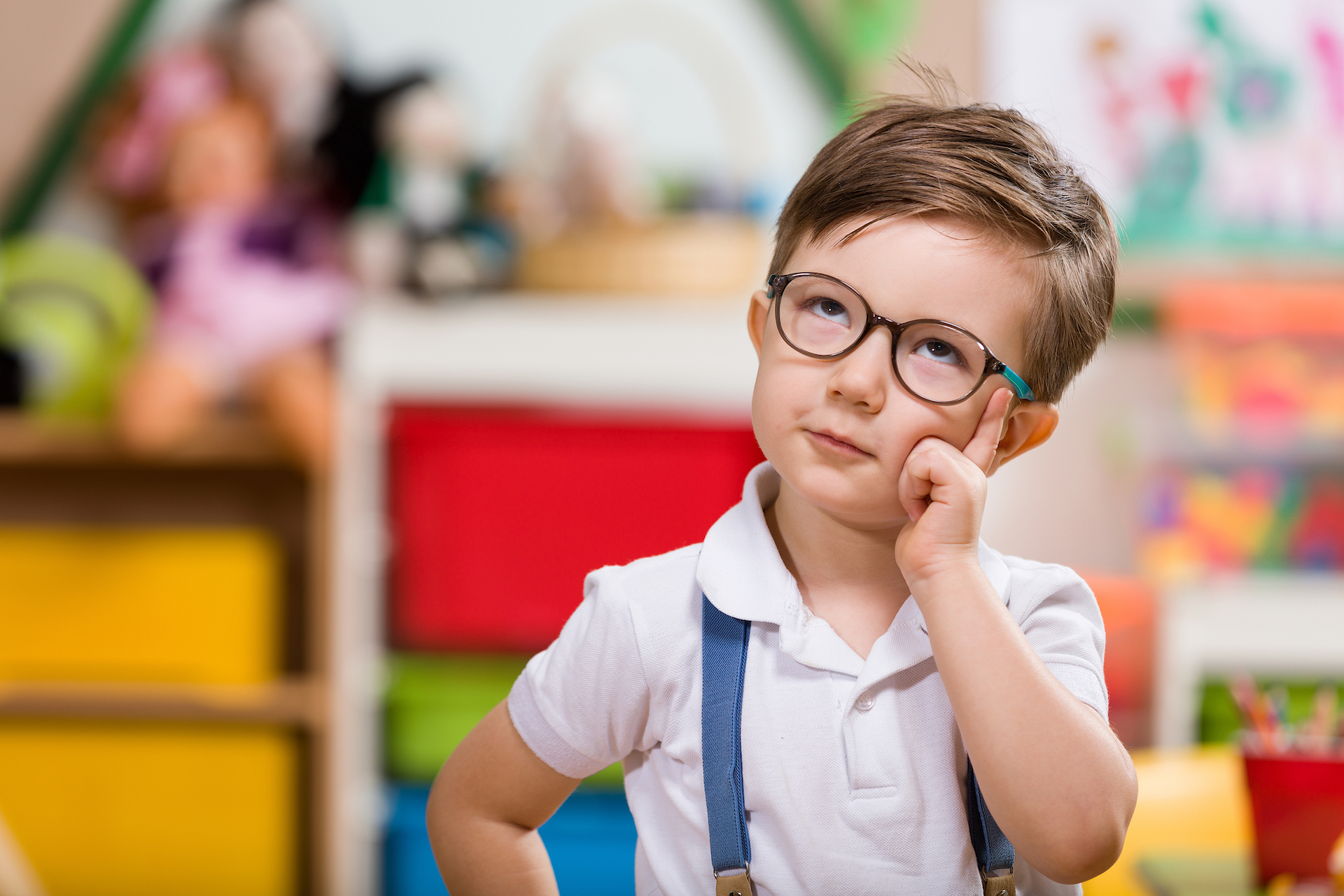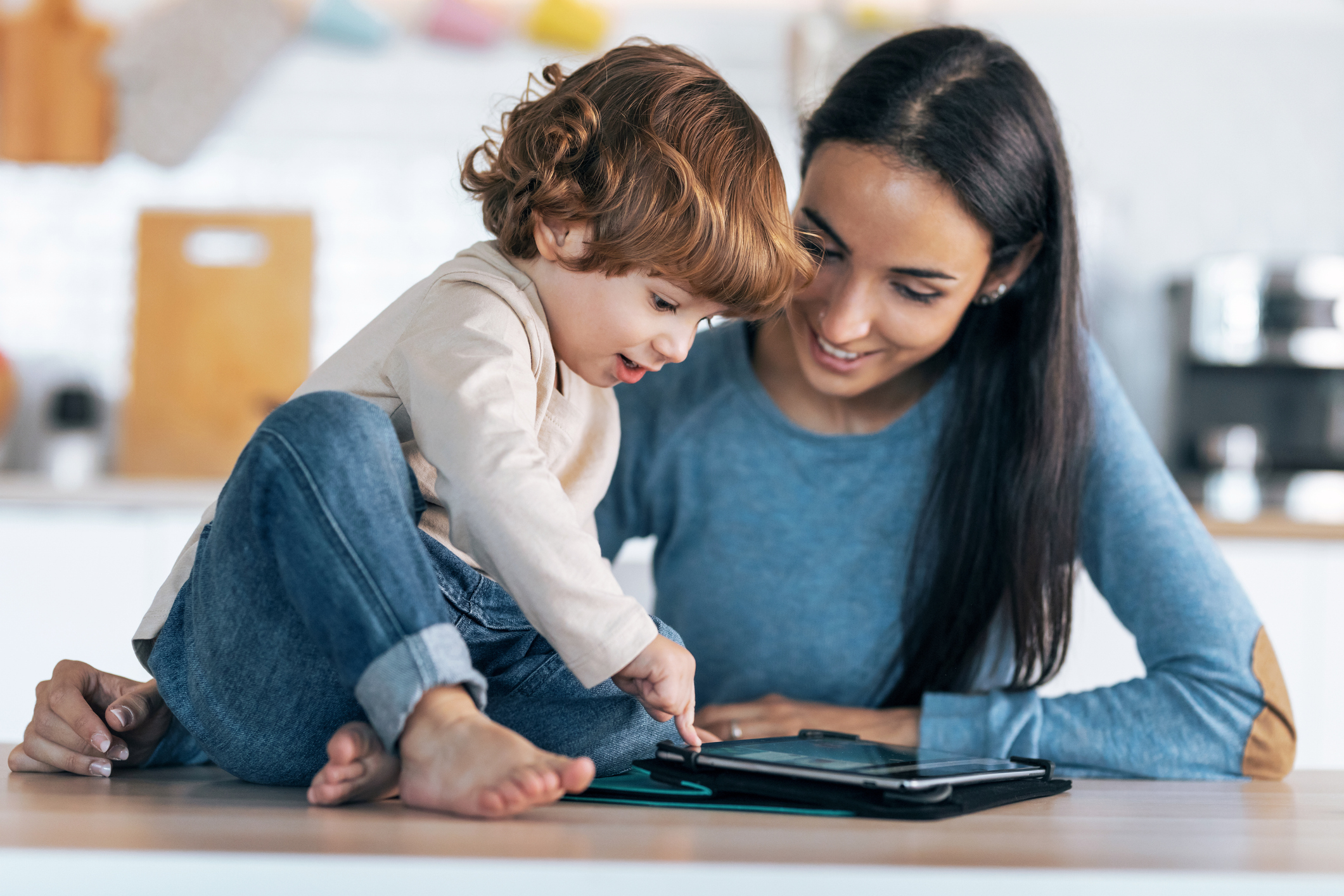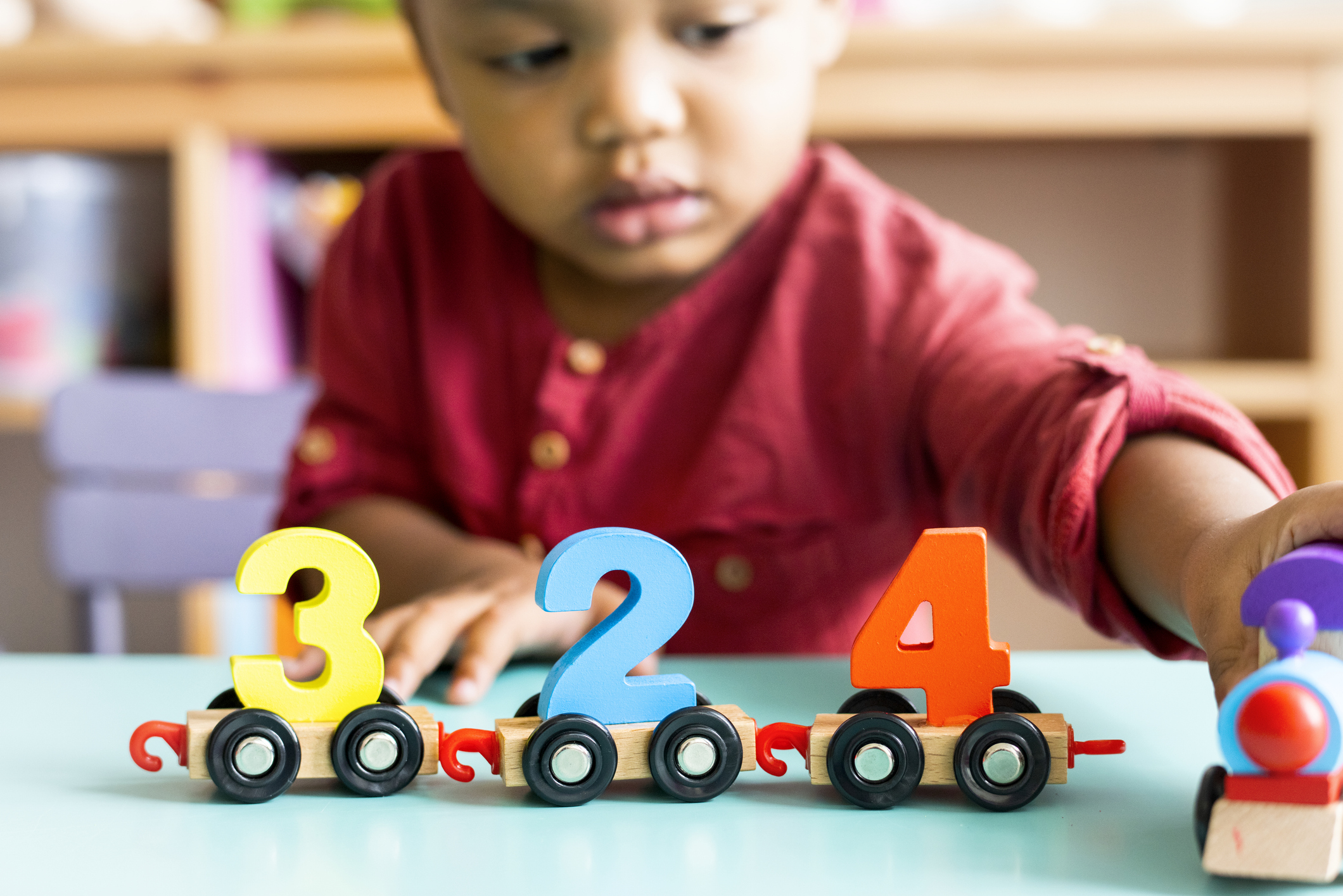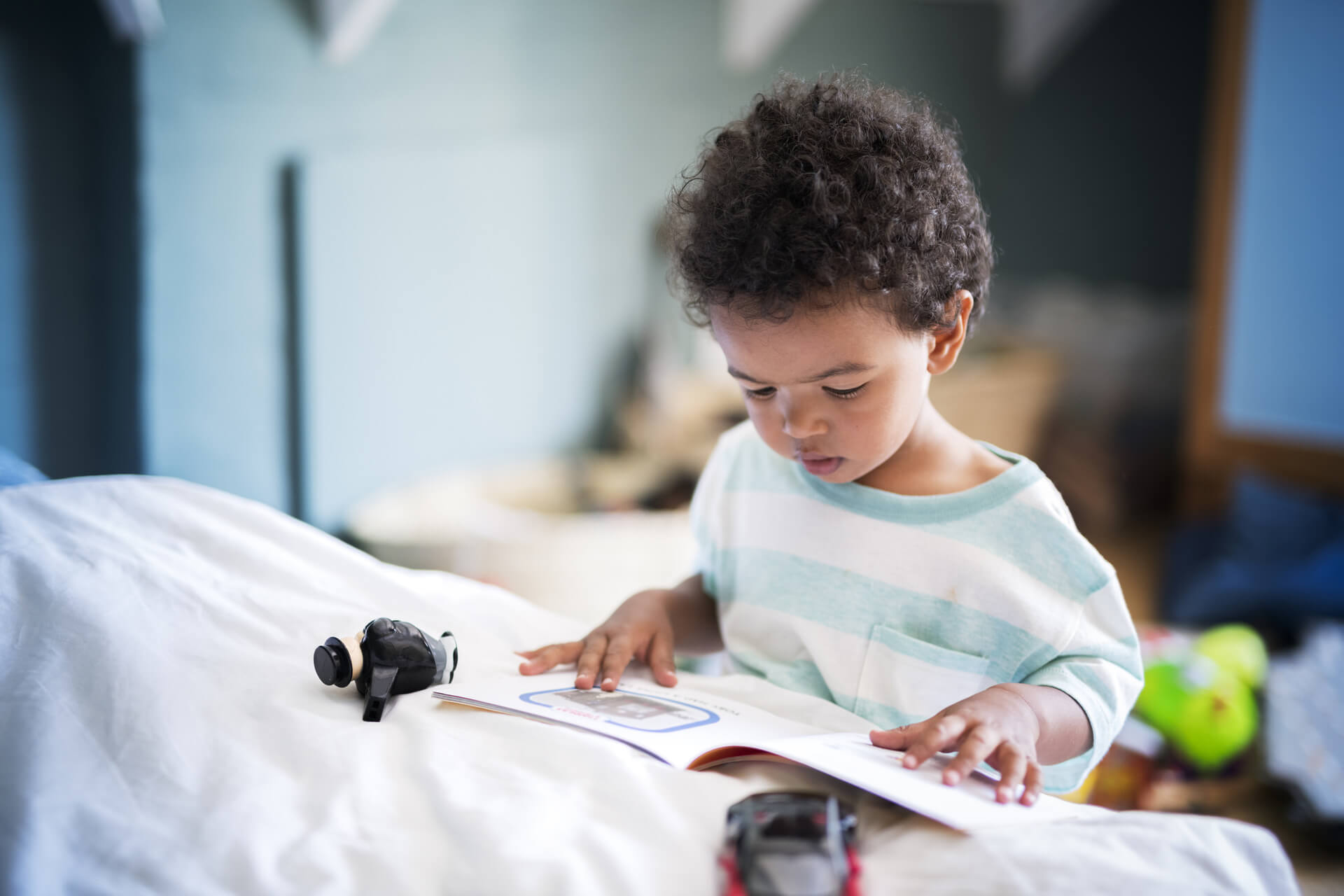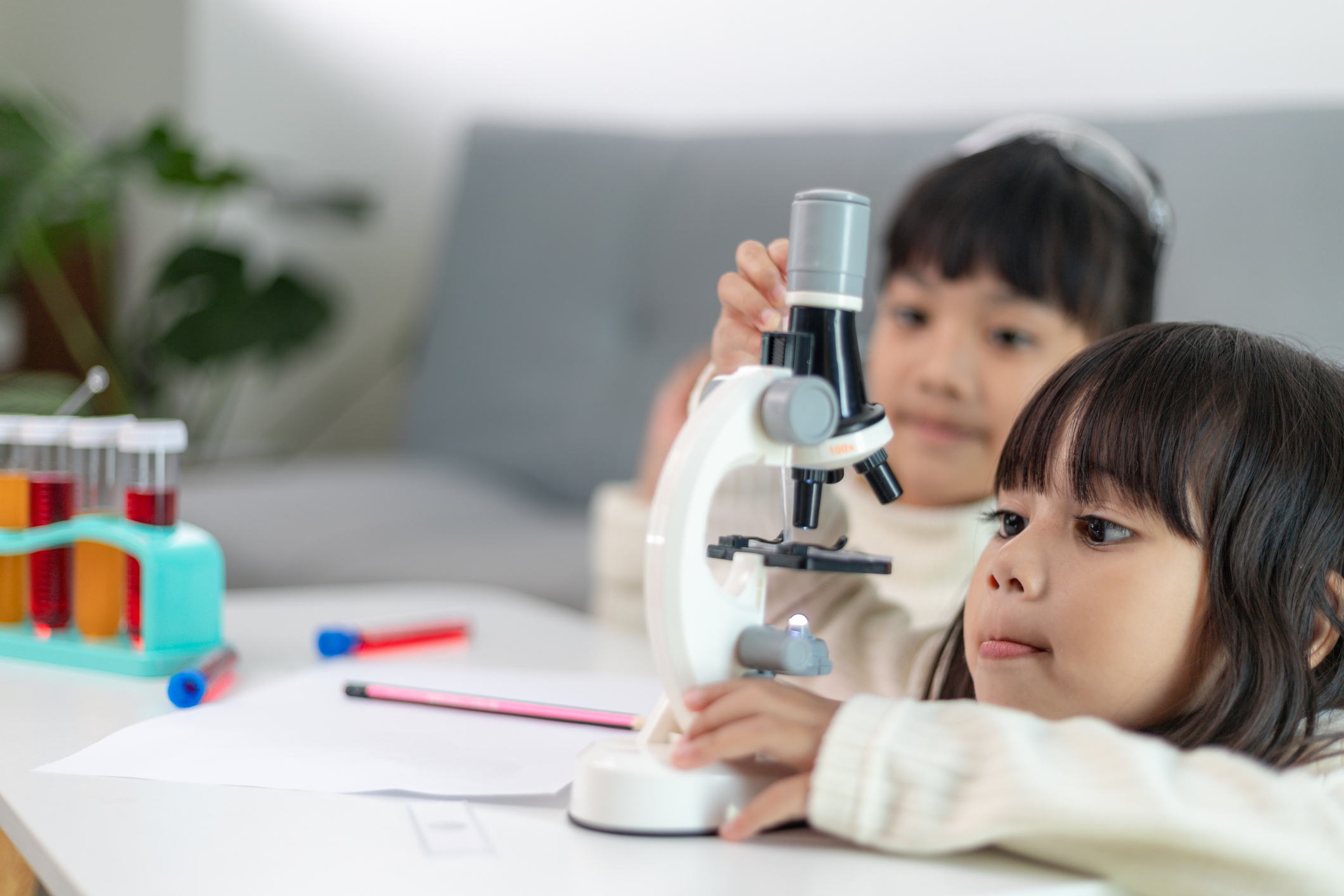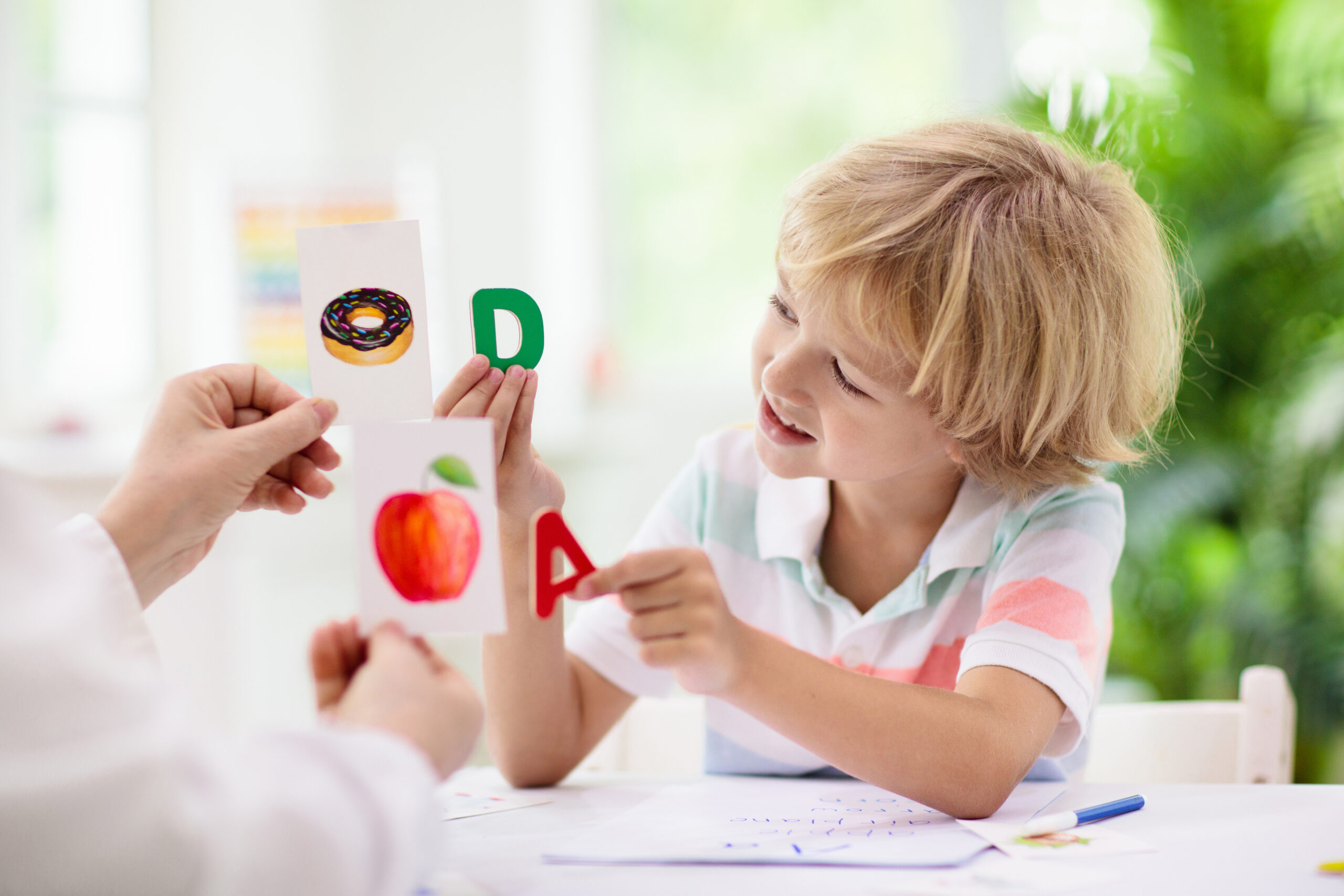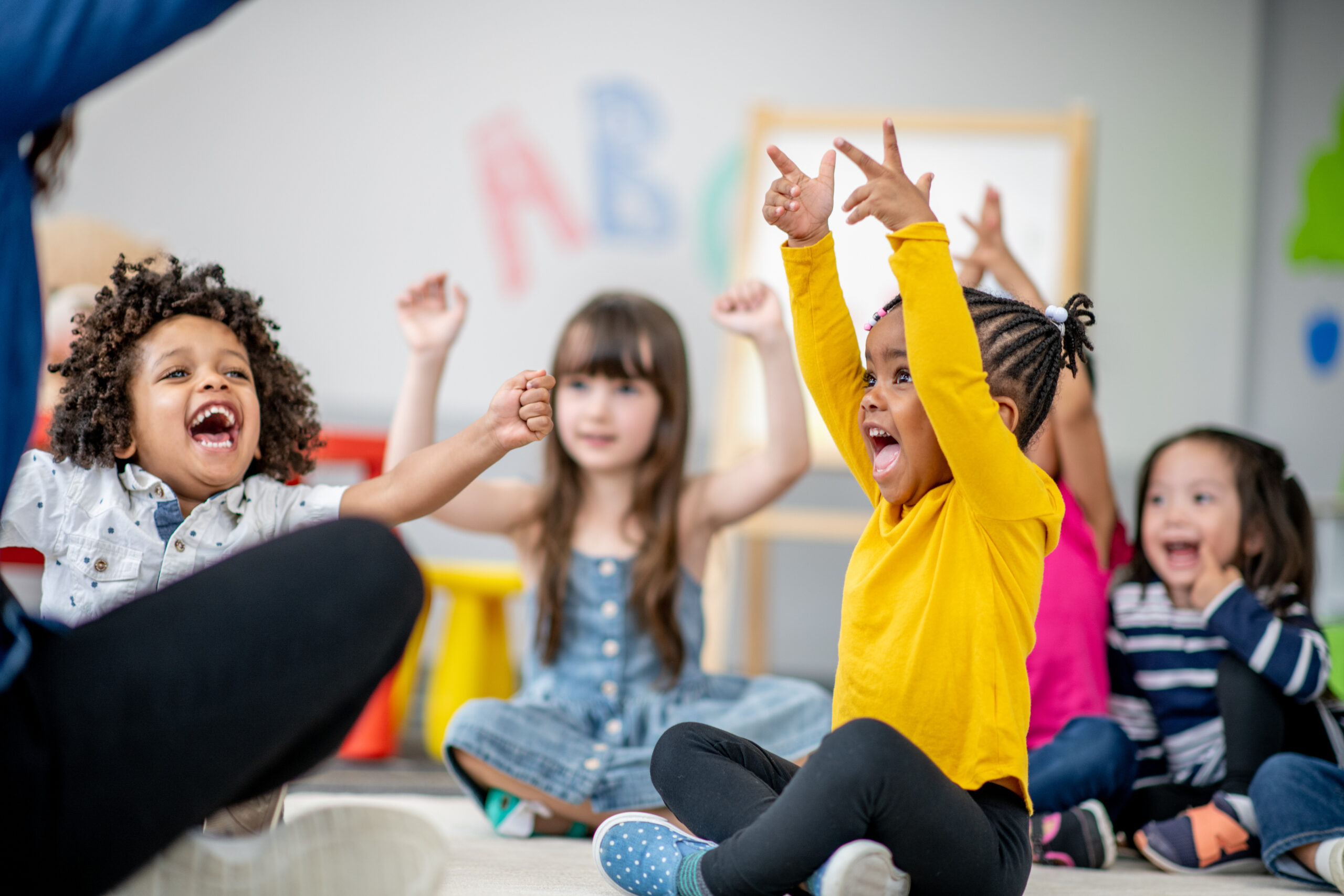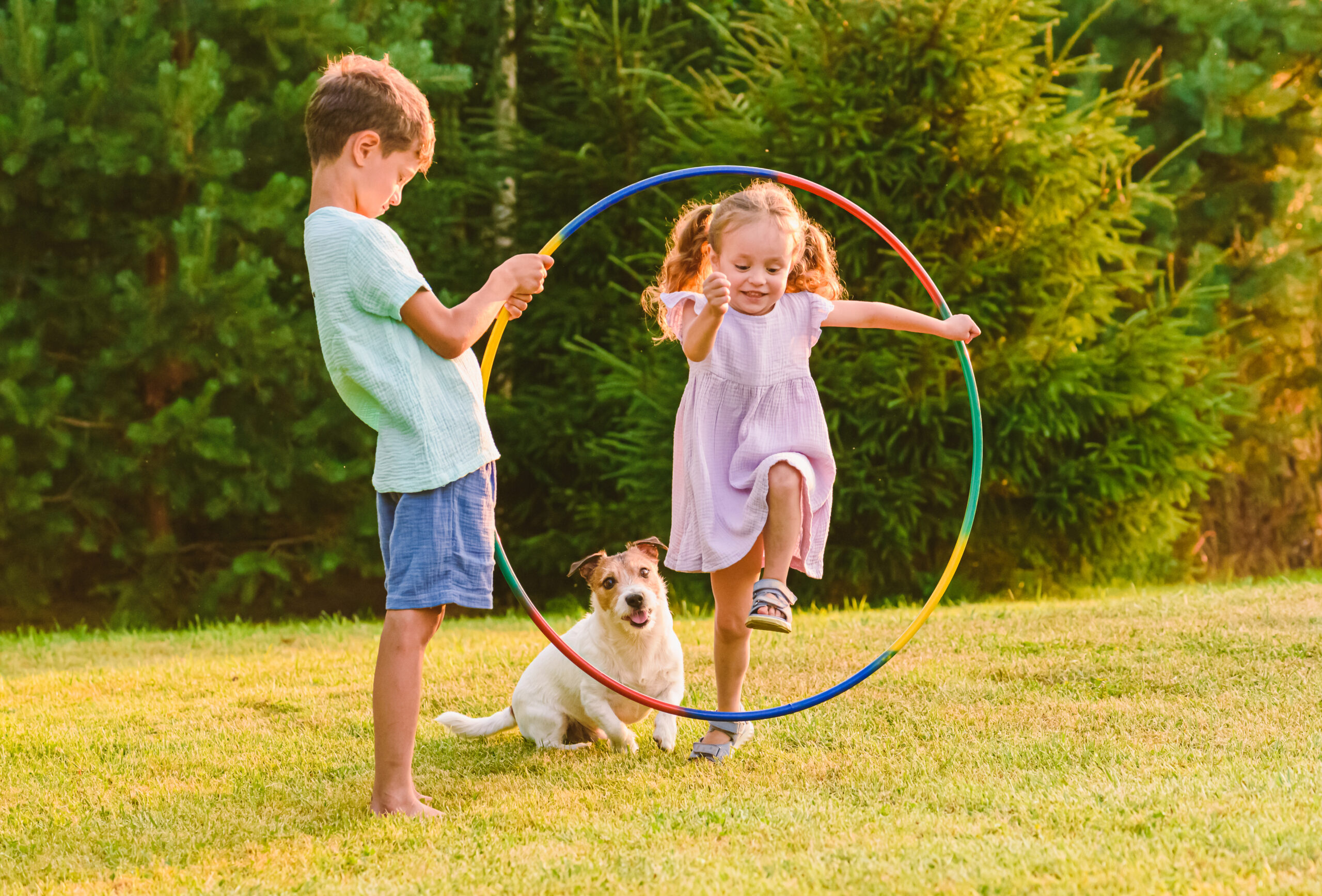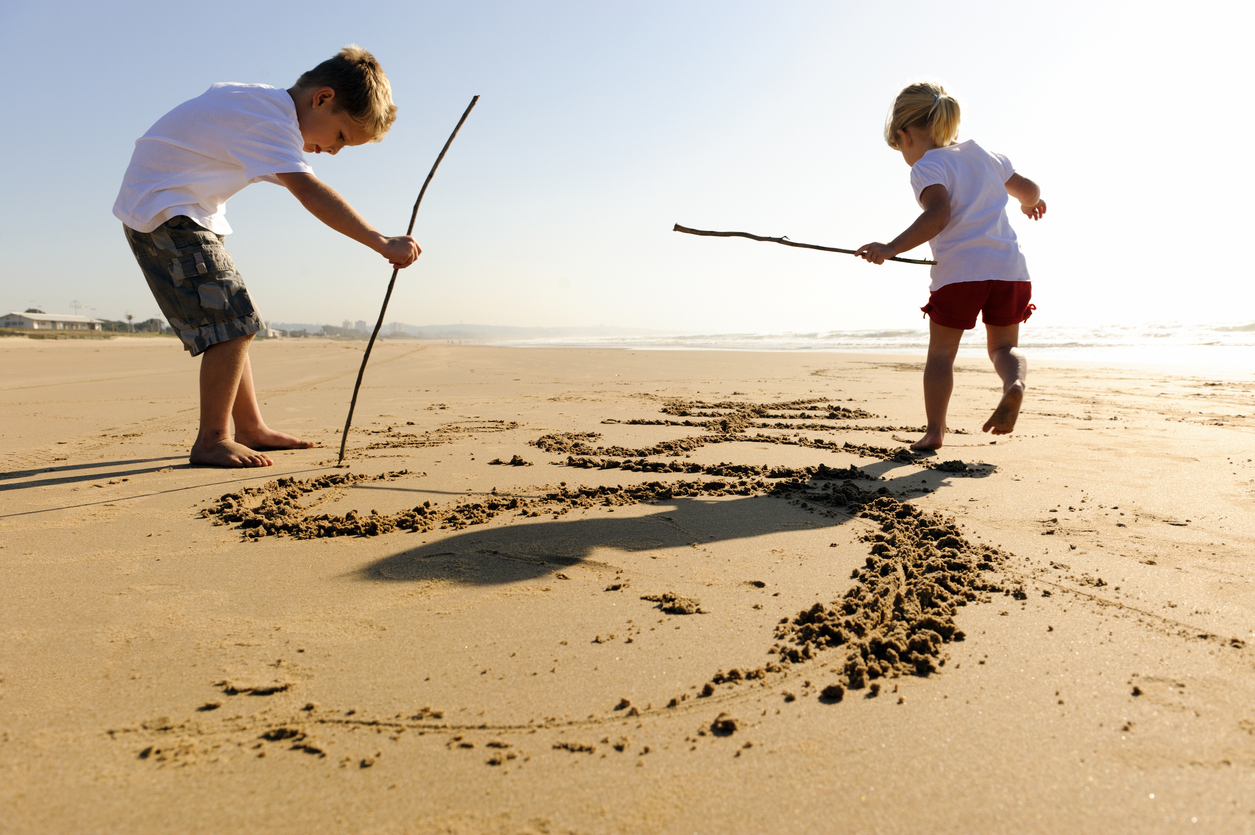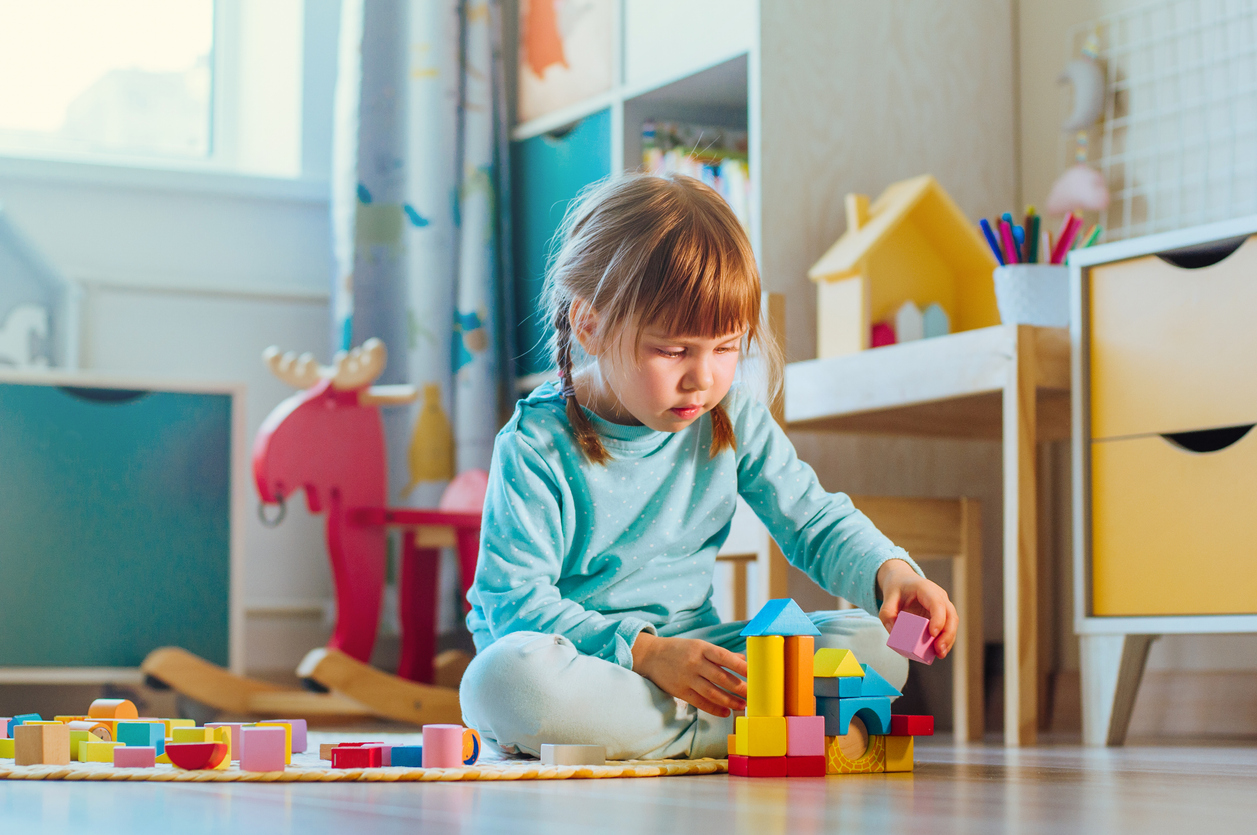2-Year-Old Milestones: What to Look For
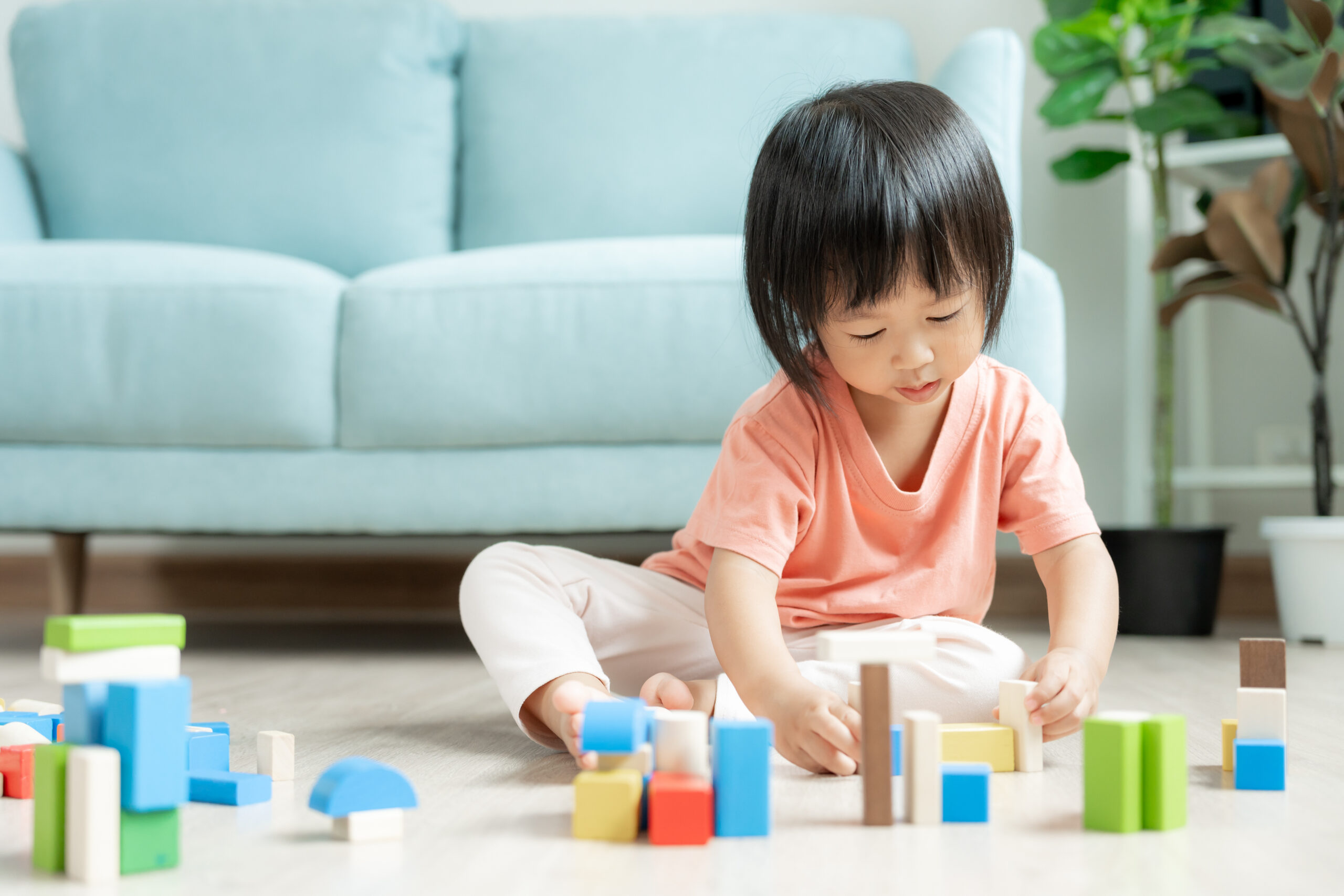
Watching your 2-year-old explore the world is full of wonder, and a little bit of chaos. One moment they’re getting frustrated because they can’t get on the couch themselves, and the next they’re proudly building towers with blocks. Many parents notice these ups and downs and wonder what’s typical for their toddlers.
Here’s what the CDC, the American Academy of Pediatrics, and UNICEF tell us about what many 2-year-olds can do. Below you’ll find these common milestones, and if you notice your child isn’t quite there yet with some of them, don’t worry. We’ve included ways you can support their development in each area.
Social and Emotional Skills
-
- Notice when others are upset, like pausing or looking concerned if someone is crying
- Watch your face to figure out how to respond in new situations
- Copy the actions of others
How you can support:
-
- Encourage imitation and pretend play by joining in when your child pretends to cook, talk on the phone, or take care of a doll.
- Model empathy by comforting stuffed animals when they are “hurt.”
- When reading together, talk about how characters might feel, like asking, “How do you think the bunny feels here?”
Language and Communication
-
- Say short sentences of two to four words, like “More juice”
- Point to things when they are named, like pictures in books
- Point to familiar body parts when asked
- Use gestures beyond pointing and waving, like nodding yes
How you can support:
-
- Turn book reading into conversations rather than just reading the words. You can find our suggestions for making storytime more interactive here.
- Sing songs like “Head, Shoulders, Knees, and Toes” to teach body parts in a fun way.
- When they ask “What’s that?” try to be patient and responsive.
Cognitive Development
-
- Use both hands at once, like holding a container with one hand while opening it with the other
- Try buttons, knobs, or switches on toys
- Play with several toys at once, like cooking in a toy pot while serving food to a teddy bear
- Match shapes in sorting toys
- Play in a simple sequence, like putting a doll to bed and then covering it
How you can support:
-
- Offer shape sorters and simple 2-3 piece puzzles to boost their problem-solving skills.
- Give them toys that teach cause and effect, like toys where they push a button and something happens.
- Practice very simple sequences using short “first… then…” routines, like “First we put on socks, then we put on shoes,” to help your child understand the order of events.
Gross and Fine Motor Skills
-
- Kick a ball
- Run (though they may still look a bit wobbly!)
- Climbs up and down from furniture without help
- Build towers with four or more blocks
- Scribble with a crayon
How you can support:
-
- Provide balls of different sizes and textures for your child to kick, roll, and throw.
- When you’re outside, let them run around and explore playgrounds.
- Encourage block play and take turns building towers together.
Food and Nutrition
-
- Use utensils like spoons (with some spills)
- Chew food more thoroughly
- Drink from a cup instead of a bottle
- Eat most of the same foods as the rest of the family
How you can support:
-
- Check our recommendations here for easy ways to help your 2-year-old build healthy eating habits.
- Offer foods that naturally stick to a spoon, like yogurt or oatmeal, making it easier for them to bring the spoon to their mouth.
- Try thicker liquids, like smoothies, that flow more slowly to support independent sipping from a cup.
Growth
Every child grows at their own pace, and it’s perfectly normal for toddlers of the same age to look quite different in size. Growth is influenced by many things (like sleep, nutrition, and genetics) and what matters most is steady progress over time rather than direct comparison with others.
Around age two, many girls weigh between 22–32 pounds and measure 32–36 inches tall, while boys are often between 24–34 pounds and 32–37 inches tall. From here on, growth continues at a slower but steady rate, with preschoolers typically gaining about 4 pounds and growing about 2 ½ inches each year.
If you’d like to keep an eye on your child’s growth, you can use the CDC growth charts or try a calculator based on them, such as this one.
How you can support:
-
- Try to include a few different colors on your 2-year-old’s plate at each meal. Even two colors is better than one!
- Let your toddler move, run, climb, and play throughout the day, aiming for around 3 hours of activity spread across the day. Avoid keeping them in strollers, high chairs, or strapped in for long periods.
- Keep consistent sleep and wake-up times, aiming for 11–14 hours of sleep in a 24-hour period whenever possible.
Tracking Your 2-Year-Old’s Development and When to Reach Out
If you’d like to keep track of your child’s progress, the CDC offers a free Milestone Tracker mobile app (available for iOS and Android). You can also use their online checklist or print their physical checklist.
Every child develops at their own pace, so it is normal if your toddler is a little ahead in some areas and still working on others. Milestones are meant to give you a general picture, not an exact timeline.
That said, you know your child best. If your child is not meeting one or more milestones, has lost skills they once had, or if something just doesn’t feel right, it is a good idea to talk with your child’s doctor. Share your concerns and ask about developmental screening. It can give you peace of mind and support your child’s growth.
The Big Picture
These milestones are meant to be a helpful guide, not a checklist to worry over. Children develop at different rates, and there’s a wide range of what’s considered typical. The most important thing is that your little one is loved, supported, and given plenty of opportunities to explore and learn through play!

